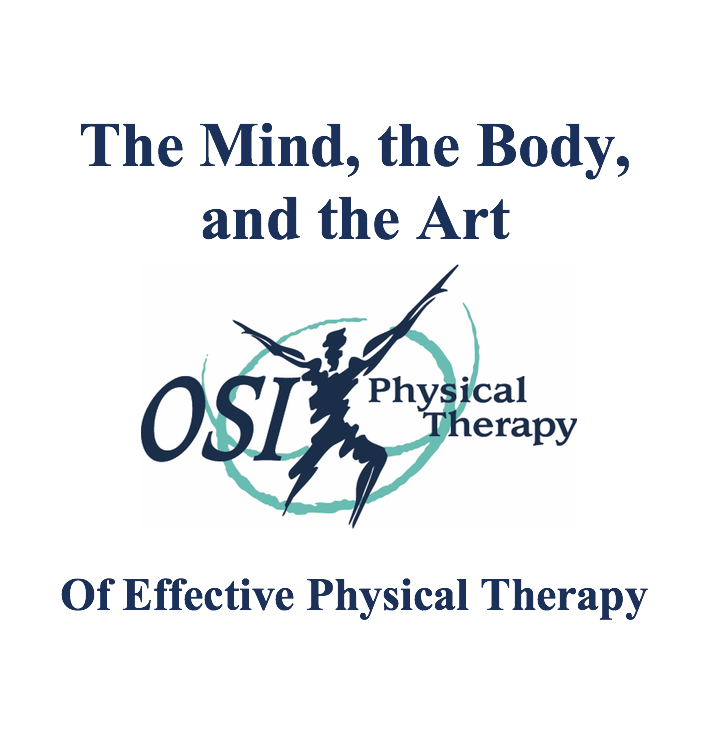
How Stress Impacts Pain:
Negative feelings, in response to pain and injury, are common in physical therapy practice. This is usually in addition to the ever increasing amount of stress that the average American is suffering, especially during this time of the COVID-19 pandemic. Studies show that chronic presence of stress hormones in the body inhibit rehabilitation and healing. Understanding and acknowledging the relationship between pain and stress is actually an important first step. Just the act of learning that physical pain can be exacerbated by our thoughts and emotions has been shown to be helpful in reducing the pain experience.
Even though stressful events are an inevitable part of life, we have the capacity to modify our thoughts, manage stress, and regulate our emotions through several mind-body techniques. Doing so is effective for pain management and helps improve quality of life. Two techniques to become accustomed to are mindfulness and cognitive re-framing.
Mindfulness:
Mindfulness is the act of being aware of the present moment, without judgement, and without attachment. The opposite of mindfulness is being on autopilot. Mindfulness is helpful because it can reduce pain, tension, and stress. Practice mindfulness during routine activities such as brushing your teeth, showering, taking the dog for a walk, eating lunch, waiting at a stop light, sitting in the waiting room. Mindfulness may help reduce stress by helping us become more aware of the present moment we are in instead of ruminating about the past or future.
The basics of mindfulness practice:
Re-frame Your Thinking: Changing The Way You Respond To Stress
If you view something as a threat, stress hormones are automatically released into the bloodstream, which is associated with increased physical pain. Here are some simple ways to change how you respond to stress.
In summary, identification of stress and the incorporation of stress management techniques such as mindfulness and re-appraisal facilitates effective pain management.
In many cases, however, a formal course of physical therapy is still necessary to ameliorate pain, minimize disability, and improve quality of life. What techniques is your physical therapist likely to use? Most of you probably think of exercise and hands on manual therapy. However, physical therapy is more than a science. It’s an art. A physical therapist is likely to be skilled in active listening and is an effective coach, leader, and motivator to help you get better. With an understanding of the mind-body connection, your physical therapist should understand that your physical recovery is dependent on your feelings of being understood and validated. An effective therapist’s goal should be to get to know YOU, the patient. Effective communication creates the feeling that healing is within reach, which leads to greater effort, adherence, motivation, and therefore greater gains from physical therapy.
If you have any questions about this topic, please feel free to reach out to me Holly Huso, PT, DPT at hhuso@osipt.com
Written by:
Holly Huso, PT, DPT
FREE PHONE CONSULTATION: (651) 275-4706